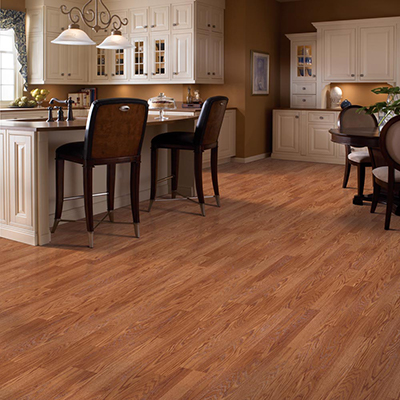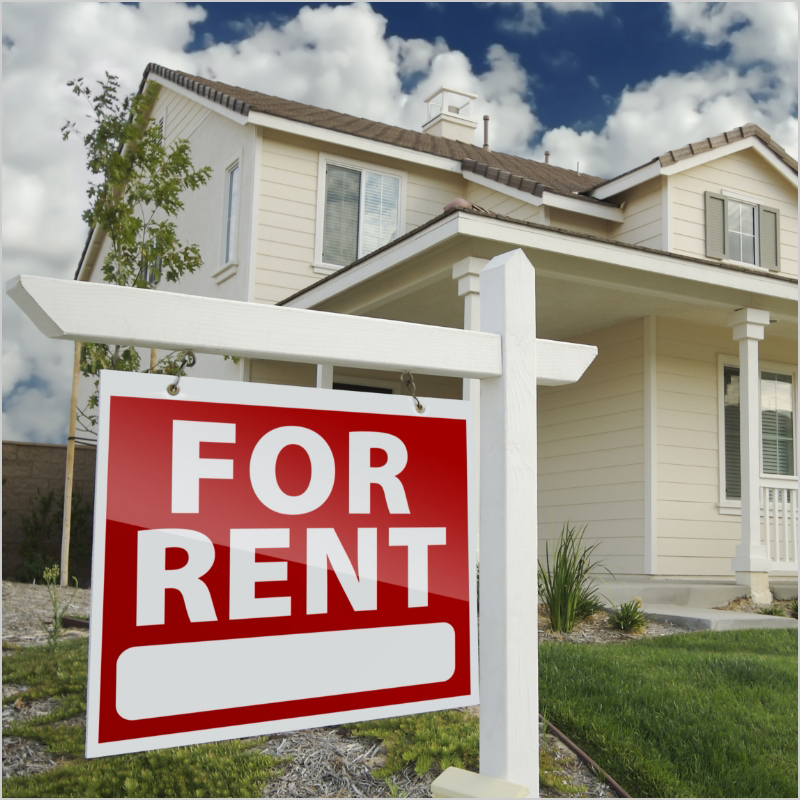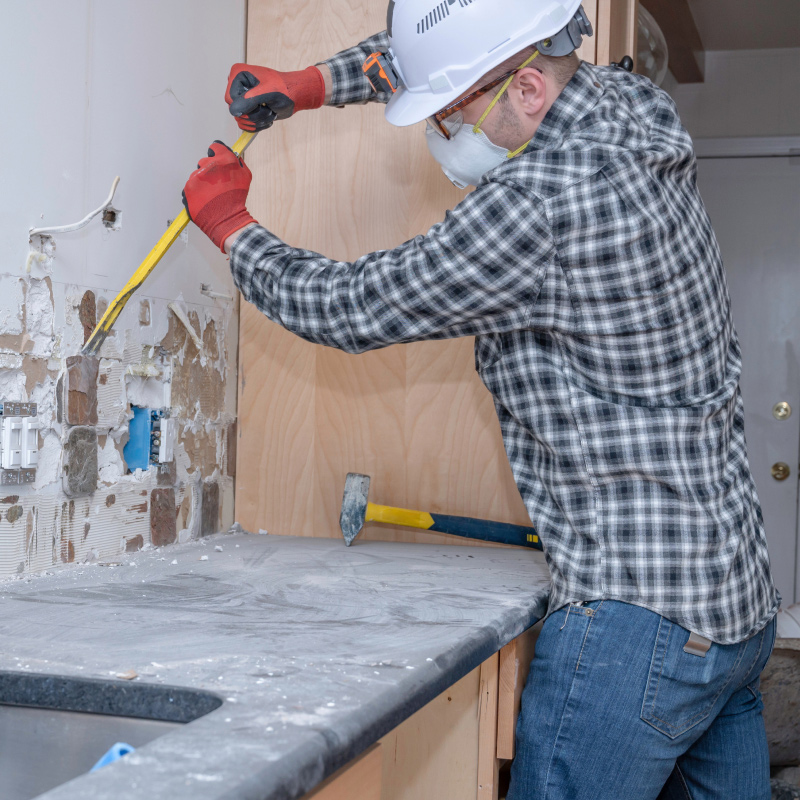How to Find the Right Houses to Flip

Last updated August 12, 2024
Property investors, especially ones just starting out, must know how to find the right houses to flip in order to make a profit. This can be especially challenging in hot markets with high demand and a low supply of homes.
A savvy flipper finds properties to flip by networking and researching the most promising neighborhoods. This guide reviews how to find the right houses to flip as well as the types of properties that promise the best return on investment.
Difficulty:
Advanced
Duration:
Over 1 day
Table of Contents
How to Find the Right Houses to Flip
Tips for How to Find Properties to Flip
What Are the Right Houses to Flip?
How Fast Can You Buy a House?
How Much Does It Cost to Flip a House?
More Tools. More Products. More Perks.
How to Find the Right Houses to Flip

Finding properties to flip begins by analyzing your local real estate market and choosing a neighborhood (or several neighborhoods) to target for potential purchases. Look for distressed or underpriced homes that will benefit from your repair and rehab investment.
Many house flippers start with the Multiple Listing Service (MLS), a database of properties listed for sale in a specific area. The MLS is a comprehensive local resource available to people holding real estate licenses by subscription of $20-$50 per month (higher in some states). Access to the MLS is one advantage of having a real estate license.
In a competitive market, many flippers might use the MLS, so the suitable properties can get snapped up quickly.
“These days, you can’t just go into the MLS to find homes,” says J Scott, investor and contributor to BiggerPockets, a real estate investment website. “You have to get creative to find homeowners who are interested in selling but haven’t listed their house yet.”
Often finding a house for a successful flip begins with finding a person. Start by checking your personal contacts like friends, neighbors or family members who may have a distressed or undervalued house they're ready to sell.
If you’re not fortunate enough to have a suitable seller in your social circle, consider hiring a real estate agent, particularly one familiar with your target markets and experienced with house flipping.
James Dainard, co-founder and managing partner of Heaton Dainard Real Estate and a podcaster at BiggerPockets, frequently finds flippable homes in the Seattle area through the MLS. He also emphasizes the importance of making connections through local real estate networking groups and online message boards.
For more potential leads for houses to flip, Dainard also recommends connecting to local real estate wholesalers. Real estate wholesalers put homes under contract and find sellers to purchase them. (The downside is that wholesalers’ margins mean lower profits for flippers.)
“Find the right wholesalers, meet them all and start building relationships,” says Dainard. “The more they know you, the more they like you, the easier it’ll be to get a transaction done.”
Prospective flippers wondering how to get a house for cheap should look for “Real Estate Owned” (REO) properties or properties held by lenders or guarantors due to defaulted loans. These can be excellent choices for flipping, as they tend to be underpriced and behind on upkeep, so they’ll benefit from rehab. Auctions and trustee sales can be good sources for REO homes.
Tips for How to Find Properties to Flip

Consider the following tips for how to find properties to flip.
- Regularly drive through your target neighborhoods to look for “For Sale by Owner” signs or indications that people might be preparing to sell homes, such as painting the exterior or upgrading the curb appeal. Sometimes, you can find information before it appears on the internet.
- Network in your target neighborhoods. This can involve sending emails or mailing letters, periodically driving the streets for “For Sale” signs and seeking other leads, even by knocking on doors. This can require a lot of legwork, but you may connect directly to a seller without an intermediary.
- Do your market analysis and stay within range of your target neighborhood. This can be as little as a few blocks in a densely populated urban area or as much as a few miles in a suburban or rural area. As a general rule, don’t go beyond the neighborhood’s school district without vetting the nearby area too.
- Check the county clerk’s office to find homes in the foreclosure process. Look for “Notice of Sale” or “Notice of Default” for homes in foreclosures.
- The local newspaper usually provides public notices of home foreclosures.
- Professionals such as probate lawyers and divorce attorneys can have inside information about homes soon to go on the market.
- Set up automatic alerts with your real estate agent and online, which will notify you whenever one of your target property types is available.
What Are the Right Houses to Flip?
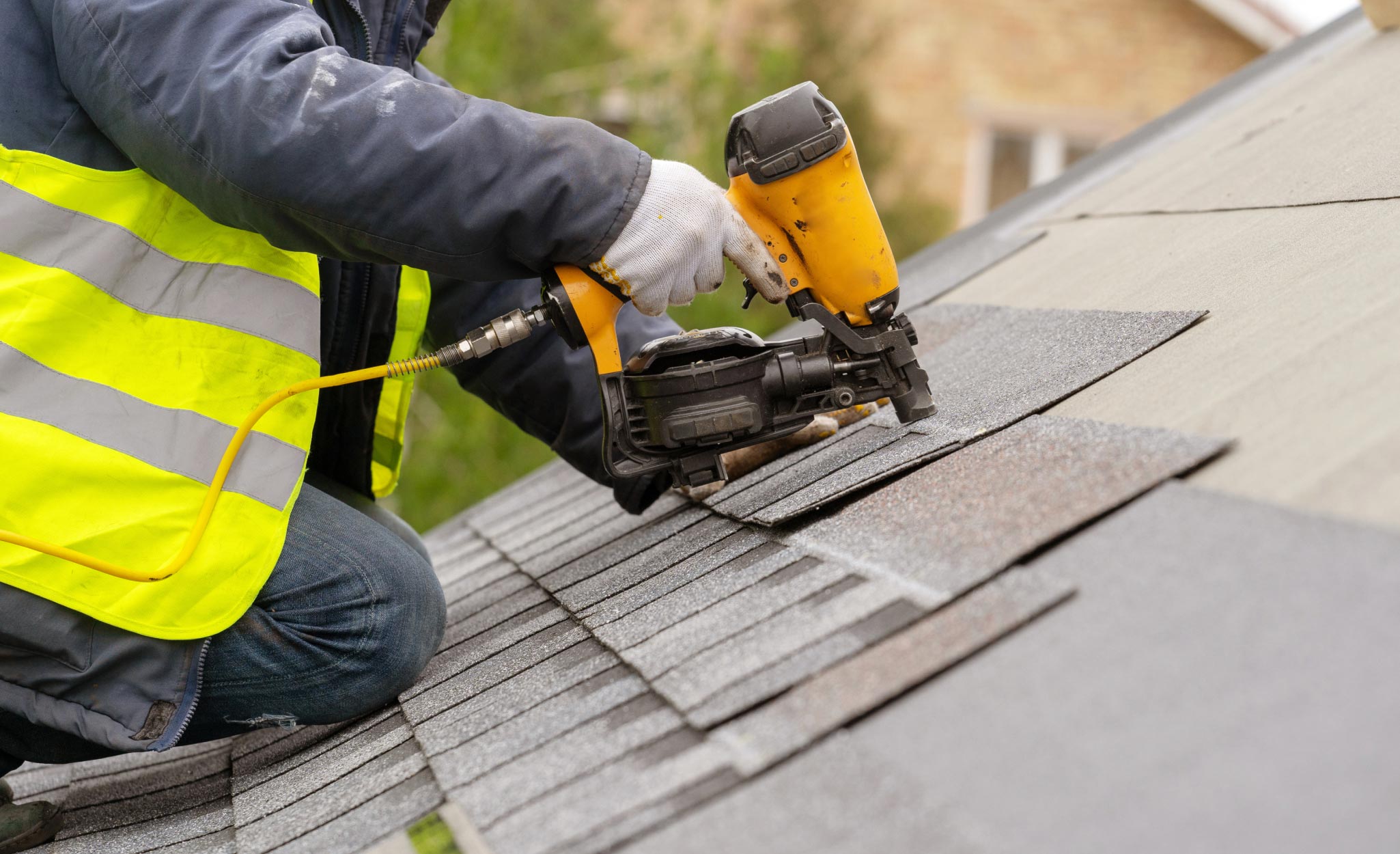
Property investors should be prepared to look at a lot of homes. This approach is summed up by the “100-10-1 Rule,” which says that investors should be prepared to look at 100 houses and offer on 10 to get one offer accepted. (This isn’t meant to be taken literally but conveys how property investment can mean playing a long game.)
In most markets, single family residences offer the best ROI. They are usually the most common type of home on the market and have the highest demand.
“Start with houses that have the largest potential buyer pool,” Scott says. “Find a house that appeals to the largest number of buyers.” The more potential buyers, the easier it’ll be to sell your house for your desired profit.
Some neighborhoods or cities have lower supplies of suitable homes or conditions that make high returns less likely. Look for undervalued homes in neighborhoods that attract buyers.
Desirable neighborhoods for flipping may have the following characteristics:
- Low crime rate and high general safety
- Strong job markets, which often attract younger professionals
- Good school districts, which attract families
- Amenities such as parks, shopping and access to public transportation
Problem neighborhoods can have the following warning signs:
- Safety concerns such as high crime rates or a likelihood of flooding
- High local taxes
- High noise level due to traffic or other nuisances
- High numbers of home vacancies or rental listings, which can indicate ongoing problems like the above or others
The best returns can come from fixing and flipping a home in an up-and-coming neighborhood, where you can get an undervalued property and sell for a profitable price. However, this strategy can run a risk if the neighborhood doesn’t
turn around quickly enough to drive the price to your desired level.
Look for these signs that a neighborhood is on the upswing:
- Homes are selling quickly
- The neighborhood sees more home renovation projects
- Increasing amounts of new construction
- More small businesses entering the area
- City development projects or other signs of civic investment
- The presence or addition of neighborhood associations or HOAs
Pro Tip: Neighborhoods adjacent to ones on the upswing are likely to see improvements.
How Fast Can You Buy a House?

Buying a house can be a time-consuming process that ranges from just a few weeks to six months or more, especially if the inspection or financing run into complications.
These are some of the steps involved with buying a house once you’ve found one on the market:
- Negotiation with the seller includes making an offer and signing a purchase agreement. This usually takes from three days to a week.
- The mortgage escrow period can take at least a month depending on the type of loan you take out. (This is not an issue when paying with cash.)
- Appraisals and inspections can be scheduled during the escrow period.
- Closing can take a few days to a week.
Ways to speed up the home purchase process include:
- Have the down payment ready.
- Get pre-approved for the mortgage or loan.
- Get your credit score ahead of time.
- Prepare your financing documents, including bank statements and W-2 forms.
How Much Does It Cost to Flip a House?
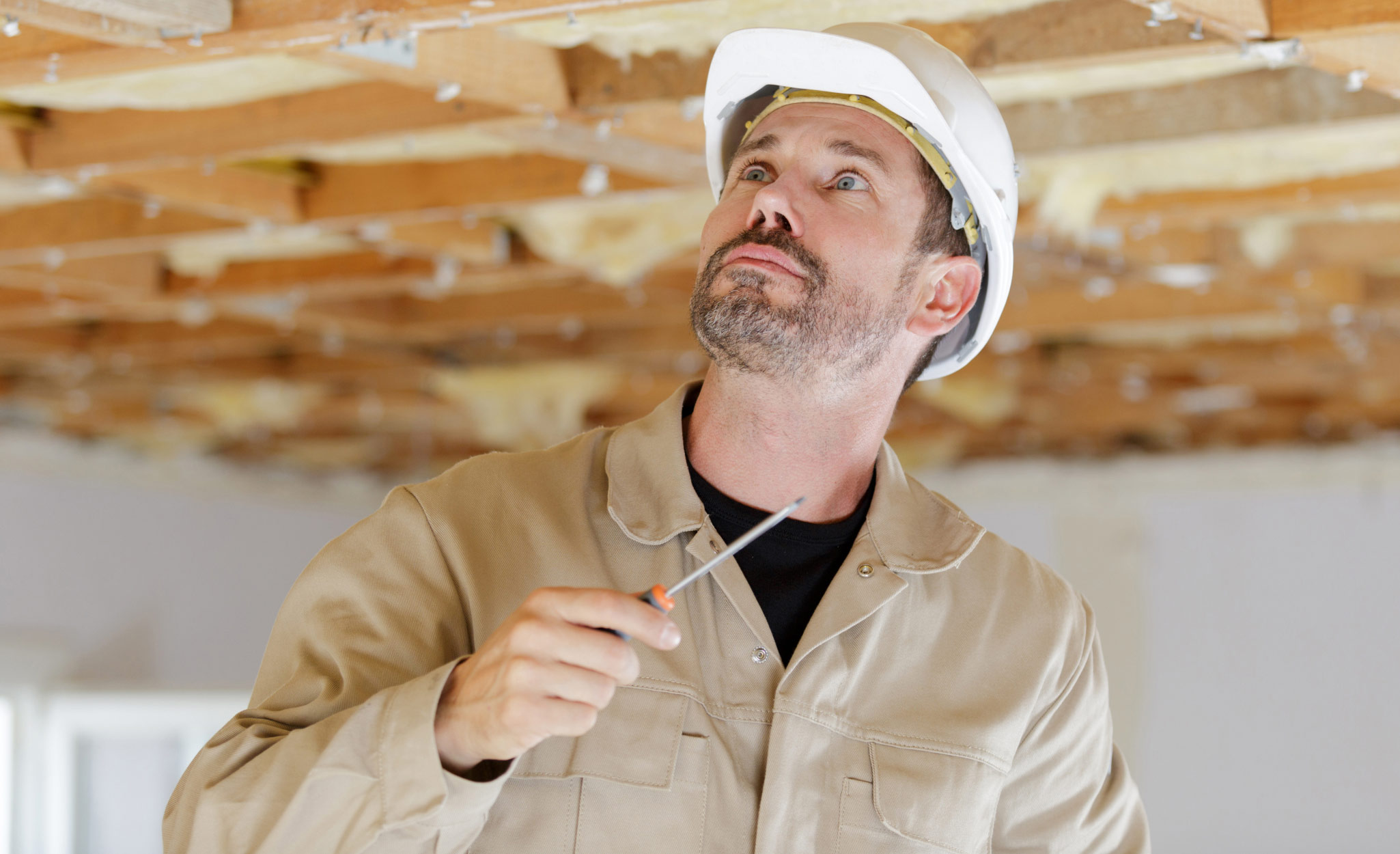
Determining house-flipping costs involves many variables, including how long it takes to flip the house. Rehab expenses can vary greatly based on the age, type and general condition of the house. As indicated above, the amount the investor chooses to spend will also dictate the bottom line.
There are four main areas of house flipping costs:
- The house’s purchase price, including the closing costs. In 2022, the average U.S. home price is $348,000.
- Rehab and renovation expenses, including labor costs for contractors, electricians, designers, inspectors and stagers as needed. The national average rehab cost is $47,903, within a range of $17,920-$78,082. (Some experts suggest investors can expect to pay between $10 and $60 per square foot for renovations.)
- Carrying costs, or the expenses incurred between buying the property and selling it. This can include taxes, insurance and interest rates based on how the home is financed. Holding costs can be $500-$1,000 a month, and rehab often lasts 4-5 months.
- Marketing and sales costs, which can be approximately 2-5% of the final price
A general house flipping rule suggests that the total cost to flip the house will be about 10% of the purchase price.
More Tools. More Products. More Perks.
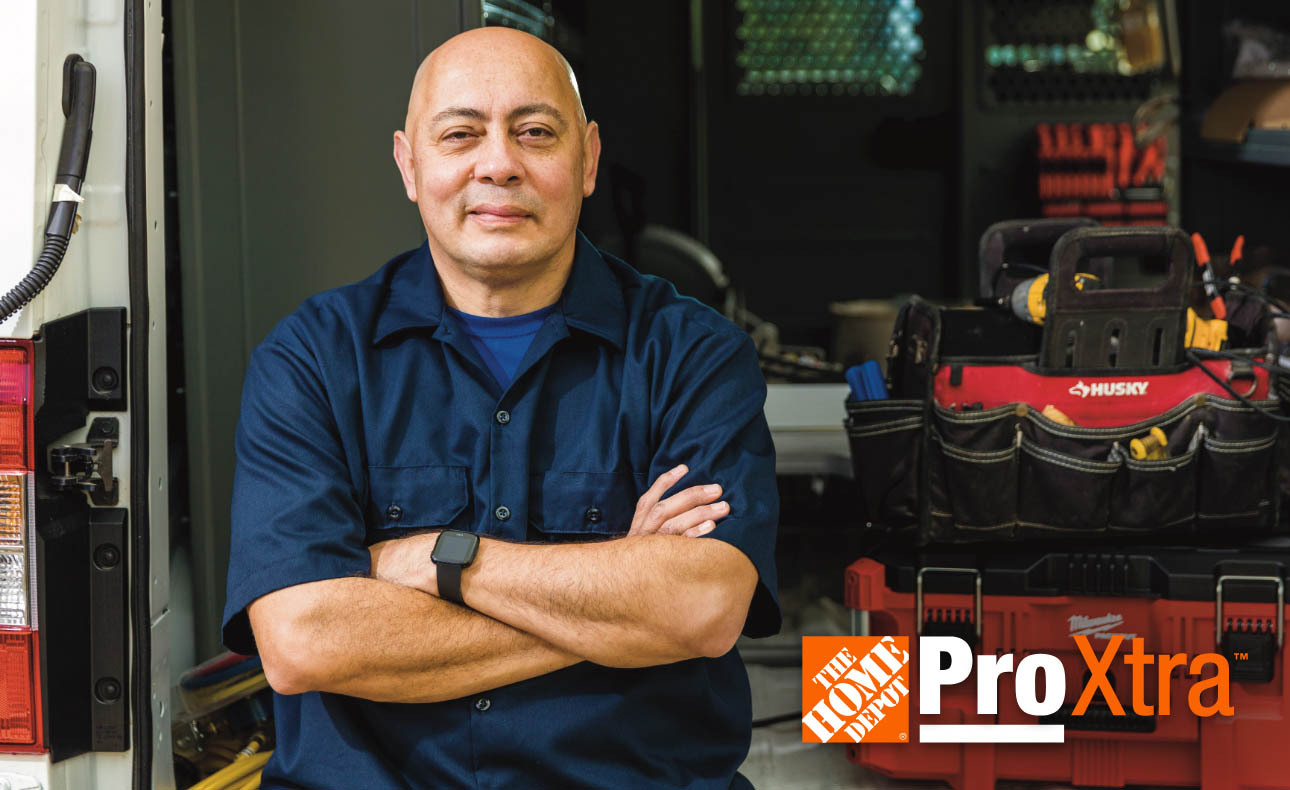
Be more competitive and boost your bottom line with Pro Xtra, The Home Depot’s free loyalty program built for Pros. Sign up today to access the enhanced Pro Online Experience, built with the online business tools and time-saving features Pros need.
Save more on the renovation supplies you need for a fix and flip. Pro Xtra members qualify for bulk pricing on 4,000+ eligible products every day.
